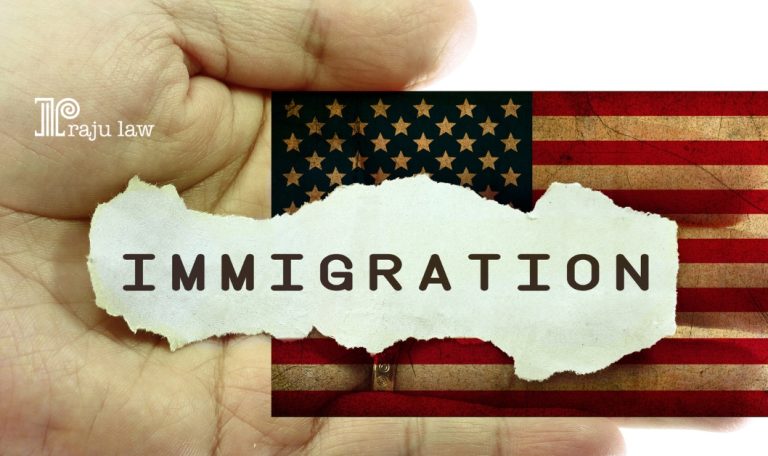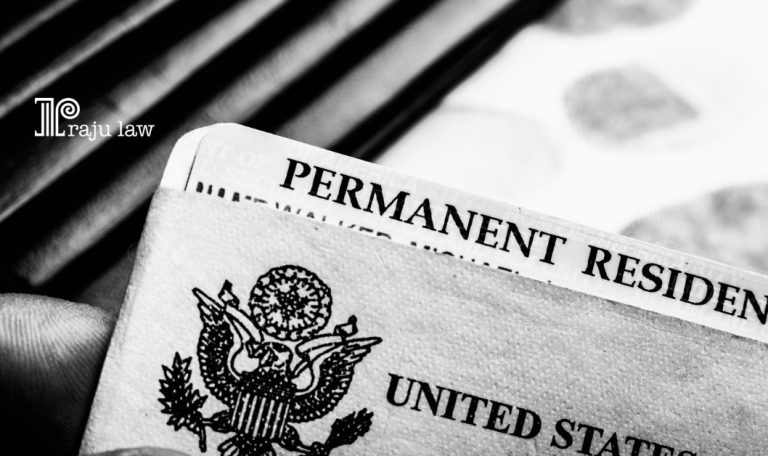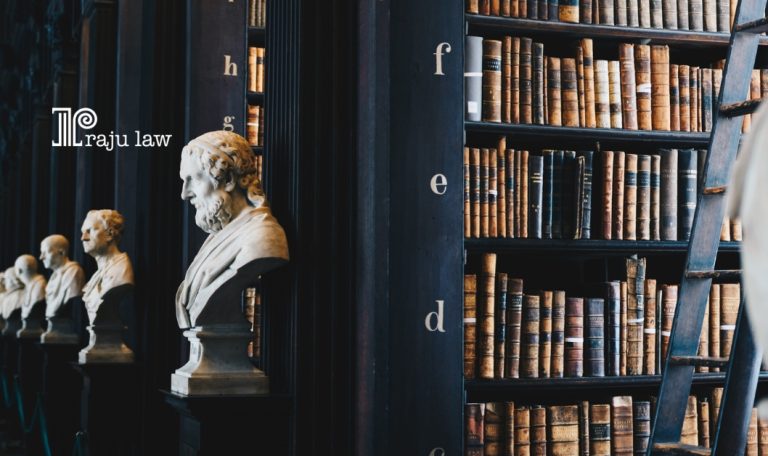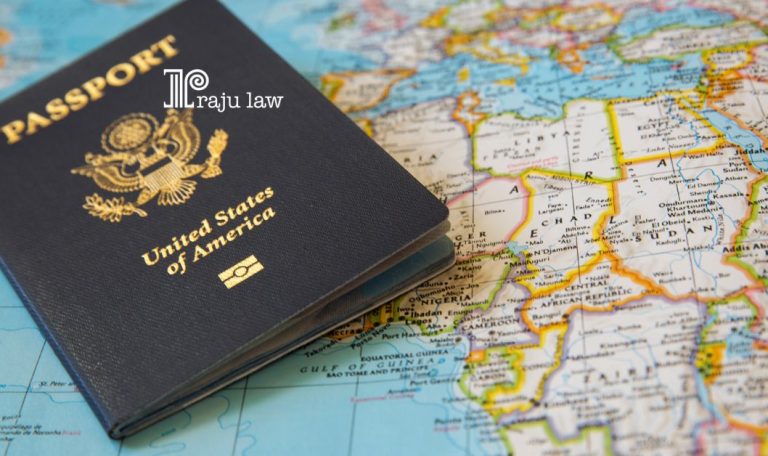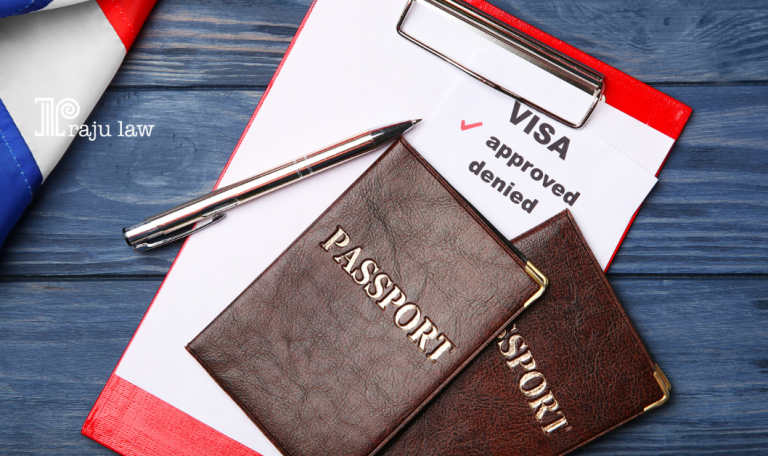
Transfer of Underlying Basis – Part One
Transfer of Underlying Basis – Part One An applicant for an adjustment of status whose application is based on a certain immigrant category sometimes intends the application to be looked at under a different category. For example, an applicant who originally applied for adjustment based on a pending or approved employment-based petition but later married a U.S. citizen and now wants to adjust based on a family-based petition filed by the new U.S. citizen spouse. An applicant who originally applied for adjustment based on a pending or approved special immigrant petition but now wants to adjust based on a later filed family or employment-based petition. A. Requirements for eligibility When considering a request to transfer the basis of an adjustment application, the officer should think about the following pointers. 1. Keeping the right to change the status To move an adjustment application from one basis to another, there can’t be a break in the applicant’s basic eligibility to adjust before the transfer request is sent. A transfer cannot be given if the applicant is no longer eligible by the time the transfer is asked for. Not when the transfer request is reviewed or granted, but when it is received, is the most important date for figuring out if the person is still eligible. Adjustment Applications must always be backed up by a Petition or Basis and be free of fraud. 2. The adjustment application is still pending An adjustment application cannot be moved from one basis to another if there are any breaks in the application, such as if the applicant decides to withdraw the application or if the application is denied because the applicant did not show up for a scheduled interview without a good reason. Once a final decision has been made on an adjustment application, whether it was approved, denied, or withdrawn, a transfer cannot be approved, even if USCIS reopens or rethinks the final decision. 3. Who can be in the Substituted Category To back up their request to switch to a new eligibility basis, the applicant must show proof that they are eligible for the new immigrant category. The instructions for filing the adjustment application will tell you what proof is needed. The transfer request should be handled as if it were a new application, and the person asking for the change should provide the documents needed to show that they are eligible for the new adjustment category. Under the new category of immigrants, it is up to the applicant to show that they are eligible. Before making a decision on a request for an adjustment, an officer does not have to make a full eligibility determination or pre-judge the application, even though proving eligibility may help the officer decide whether or not to grant the request. Inadmissibility and Bars to Adjustment Under INA 245(c) The officer should think about the fact that a person who wants to change the basis of an adjustment application that is still being processed may become subject to grounds

